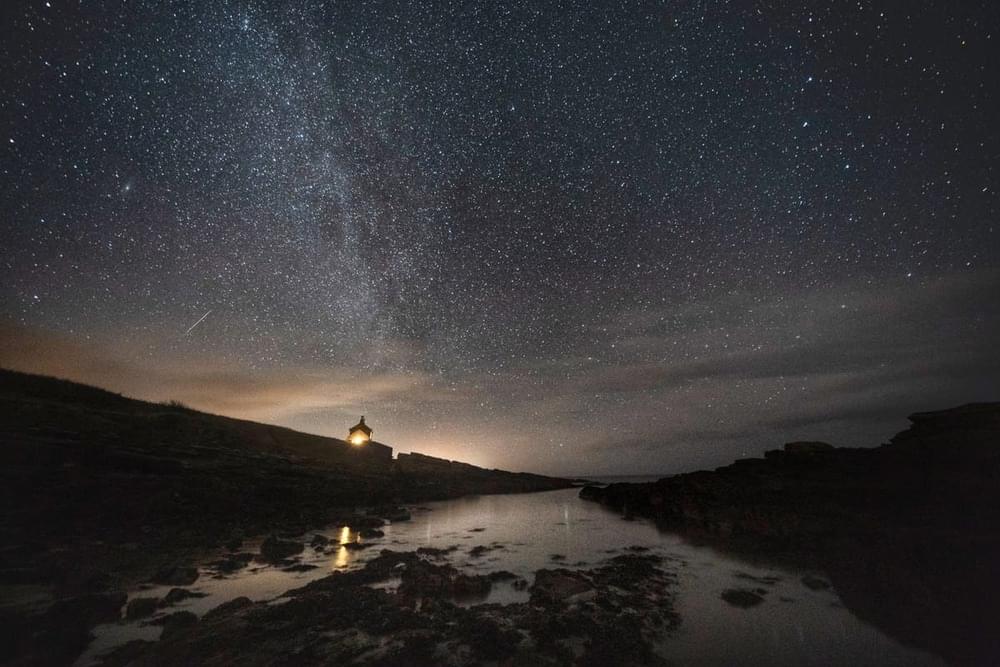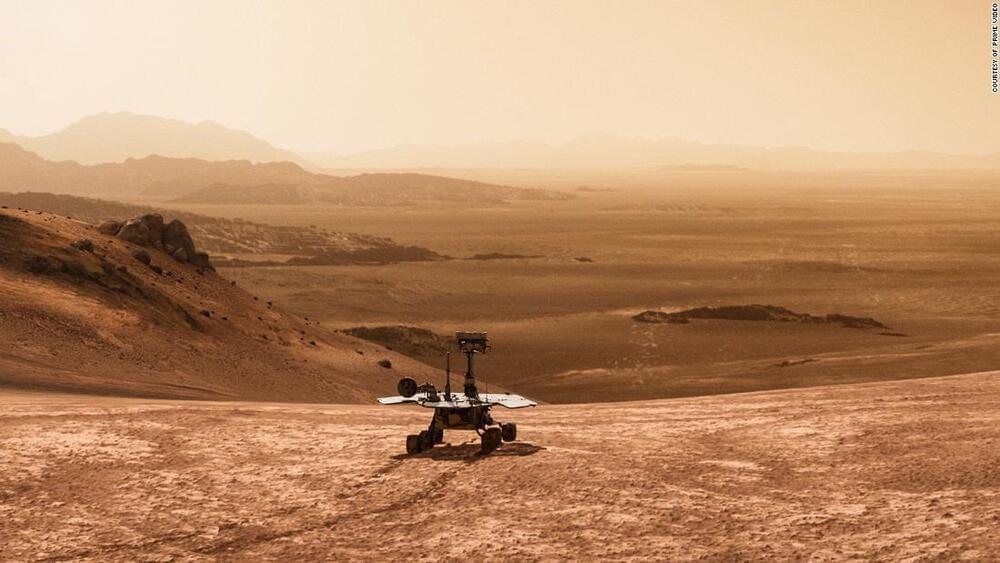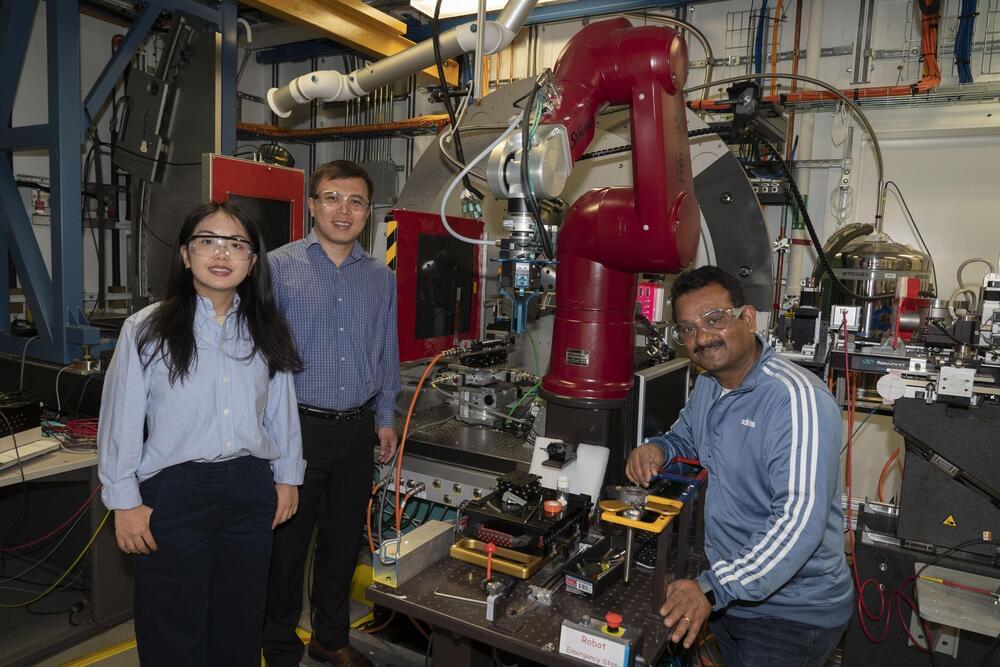According to a meta-analysis recently published in Neurology, the medical journal of the American Academy of Neurology, higher exposure to a certain type of traffic-related air pollution known as particulate matter may be connected to an increased risk of dementia. Researchers focused on fine particulate matter, or PM2.5, which is made up of airborne pollutants with a diameter of fewer than 2.5 microns. The meta-analysis examined all available studies on the relationship between air pollution and dementia risk.
“As people continue to live longer, conditions like dementia are becoming more common, so detecting and understanding preventable risk factors is key to reducing the increase of this disease,” said study author Ehsan Abolhasani, MD, MSc, of Western University in London, Canada. “Since a report by the World Health Organization showed that more than 90% of the world population is living in areas with higher than recommended levels of air pollution, our results provide more evidence for enforcing regulations for air quality and accelerating the transition from fossil fuels to sustainable energies.”
17 studies were analyzed by the researchers for the meta-analysis. Participants had a minimum age of 40. More than 91 million individuals took part in all the studies. 5.5 million of them, or 6%, developed dementia.





